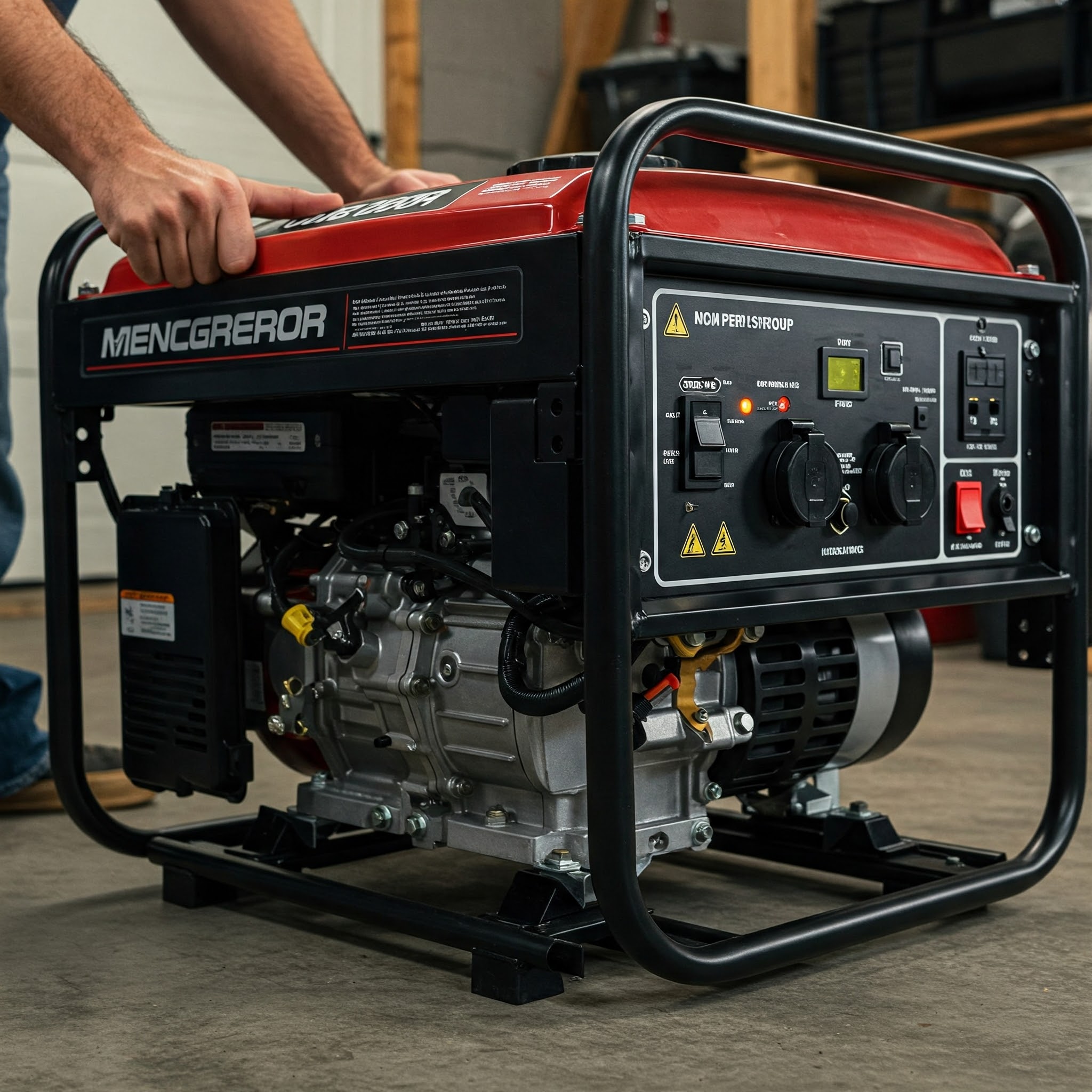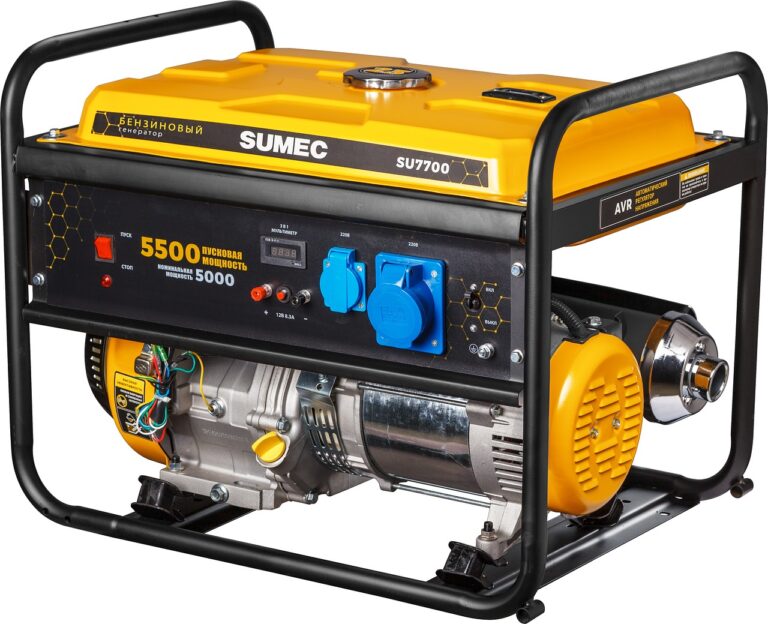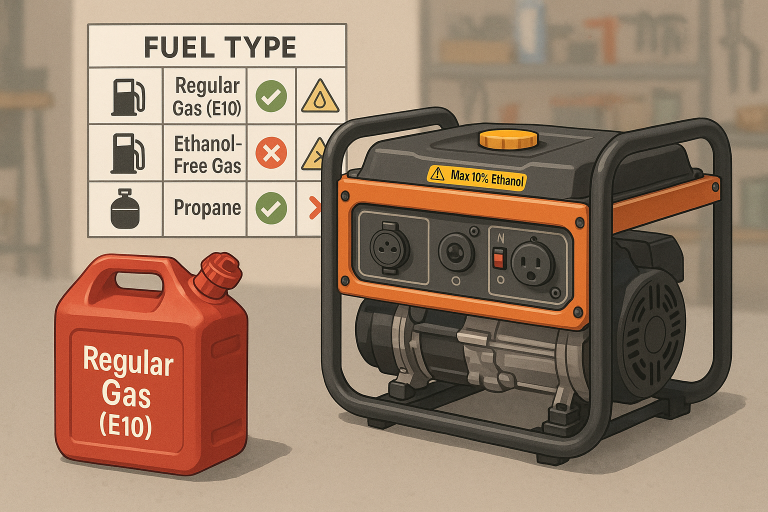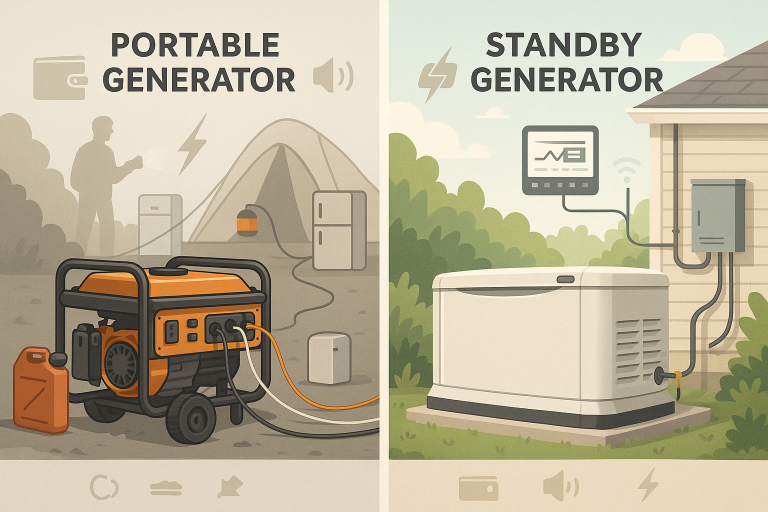The Ultimate Guide to Proper Generator Shutdown: Safety, Maintenance, and Best Practices
Properly shutting down your generator is essential for ensuring safety, maintaining equipment longevity, and avoiding costly repairs. This comprehensive guide will walk you through the importance of proper generator shutdown, step-by-step procedures, safety considerations, and maintenance tips to keep your generator in top condition.
Whether you’re a homeowner, business owner, or outdoor enthusiast, this guide will help you optimize your generator’s performance and lifespan.
Why Proper Generator Shutdown Matters
Shutting down your generator correctly is more than just flipping a switch—it’s a critical process that impacts safety, equipment health, and operational efficiency. Neglecting proper shutdown procedures can lead to:
- Engine Damage: Rapid cooling and insufficient oil circulation can harm internal components.
- Fuel System Issues: Clogged carburetors and degraded fuel can result from improper shutdowns.
- Electrical Problems: Stress on voltage regulators and residual power can cause malfunctions.
- Safety Hazards: Carbon monoxide buildup, fire risks, and electrical shocks are potential dangers.
- Reduced Lifespan: Premature wear and tear can shorten your generator’s life.
- Voided Warranty: Failing to follow manufacturer guidelines may invalidate your warranty.
By following proper shutdown procedures, you can avoid these issues and ensure your generator remains reliable for years to come.
Essential Pre-Shutdown Steps
Before shutting down your generator, take these critical steps to ensure a safe and smooth process:
1. Load Reduction Process
- Disconnect high-power devices first (e.g., air conditioners, power tools).
- Remove sensitive electronics next (e.g., computers, TVs).
- Finally, disconnect basic loads (e.g., lights, fans).
- Allow the generator to run without load for 2-3 minutes to stabilize.
2. Safety Checks
- Clear the area around the generator to prevent accidents.
- Gather necessary tools and wear safety gear if the generator is hot.
- Inspect for fuel leaks, unusual sounds, or visible damage.
Step-by-Step Generator Shutdown Procedure
Follow these steps to shut down your generator safely and effectively:
1. Remove All Loads
- Unplug all devices from the generator outlets.
- Turn off all circuit breakers.
- Use a voltage meter to confirm no loads are connected.
2. Cool Down Period
- Let the generator run unloaded for 3-5 minutes.
- This prevents thermal shock, allows oil to circulate, and reduces carbon buildup.
3. Fuel System Management
- Short-Term Storage (1-7 days):
- Turn the fuel valve to the “Off” position.
- Let the engine run until it stalls, ensuring the carburetor is empty.
- Long-Term Storage (>30 days):
- Add a fuel stabilizer to the tank.
- Run the generator for 10 minutes to distribute treated fuel.
- Consider draining the fuel system completely.
4. Engine Shutdown
- Move the engine switch to the “OFF” position.
- Avoid using the choke to stop the engine.
- Wait until all moving parts have completely stopped.
- Listen for unusual sounds during shutdown.
5. Post-Shutdown Procedures
- Allow the generator to cool for at least 30 minutes.
- Clean debris from air vents and wipe down external surfaces.
- Check the oil level while the engine is cool.
- Document running hours, fuel levels, and any observations in a maintenance log.
Generator Storage Tips
Proper storage is key to maintaining your generator’s performance:
Short-Term Storage
- Keep the generator in a clean, dry location.
- Use a breathable cover to protect it from dust.
- Store it upright and away from ignition sources.
Long-Term Storage
- Change the oil before storage.
- Add oil to the cylinder after removing the spark plug.
- Clean or replace the air filter.
- Treat the fuel system with a stabilizer.
- Store in a climate-controlled area if possible.
Safety Considerations During Shutdown
Carbon Monoxide Prevention
- Never shut down the generator in an enclosed space.
- Ensure proper ventilation during and after shutdown.
- Install carbon monoxide detectors in nearby buildings.
- Wait for exhaust fumes to dissipate before covering the generator.
Electrical Safety
- Use insulated tools when handling electrical components.
- Keep the shutdown area dry to prevent shocks.
- Wait for all indicator lights to turn off before touching the generator.
Fire Prevention
- Keep a fire extinguisher nearby.
- Clear the area of flammable materials.
- Allow the generator to cool completely before covering it.
Maintenance Schedule for Optimal Performance
Regular maintenance ensures your generator remains reliable:
After Each Use
- Inspect components visually.
- Check oil levels and clean exterior surfaces.
- Document operating hours and any issues.
Monthly Checks
- Test the battery (if equipped).
- Inspect fuel lines and air filters.
- Verify all safety systems are functioning.
Annual Maintenance
- Change the oil and filters.
- Replace the spark plug and clean/replace the air filter.
- Test all safety shutoffs and consider a professional inspection.
Troubleshooting Common Shutdown Issues
Engine Won’t Stop
- Check the emergency stop switch and fuel valve.
- Inspect the throttle linkage and contact a professional if needed.
Rough Shutdown
- Monitor for excessive vibration or loose components.
- Document unusual sounds and inspect mounting hardware.
Electrical Issues
- Test voltage output before shutdown.
- Inspect outlets and circuit breakers for damage.
Emergency Shutdown Procedures
In case of an emergency, follow these steps:
- Press the emergency stop button (if equipped).
- Disconnect all loads immediately.
- Turn off the fuel supply.
- Use a fire extinguisher if necessary.
- Contact emergency services if required.
Environmental Considerations
Weather Conditions
- Take extra precautions in wet or extreme temperatures.
- Follow winter shutdown requirements for cold climates.
Noise Regulations
- Respect local quiet hours and consider neighbors during shutdown.
- Use sound-dampening measures when possible.
Documentation and Record-Keeping
Maintain detailed records to ensure warranty compliance and track maintenance:
- Maintenance Log: Include dates, operating hours, observed issues, and fuel levels.
- Warranty Compliance: Follow manufacturer guidelines and save receipts for parts and services.
Final Thoughts
Proper generator shutdown is a systematic process that protects your investment and ensures safety. By following this guide, you’ll maximize your generator’s lifespan, maintain safe operation, and prevent costly repairs. Always consult your generator’s manual for model-specific instructions, and consider creating a simplified checklist for quick reference during routine shutdowns.
Regular maintenance and proper shutdown procedures work hand-in-hand to keep your generator reliable when you need it most. Whether you’re preparing for short-term storage or long-term inactivity, these best practices will help you get the most out of your generator.




